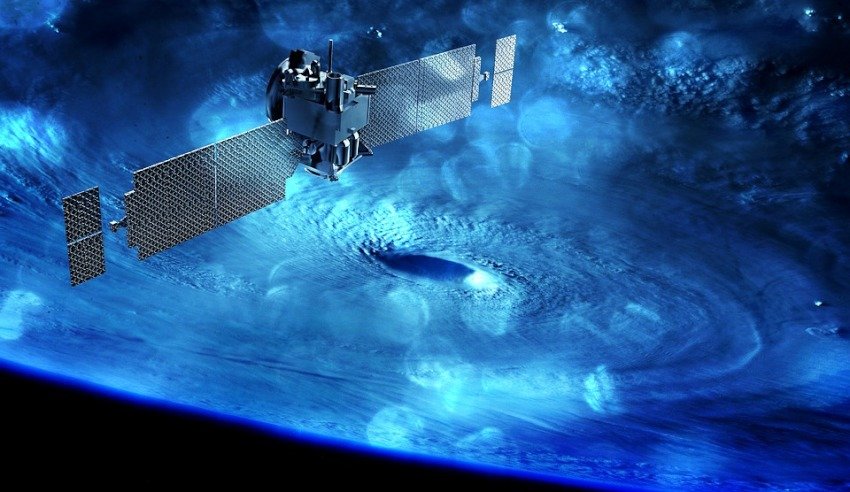Among their other duties advancing human science in outer space, astronauts also have to spend time scrubbing to ensure it doesn’t become a health problem.
The mould growing in space is pretty much the same mould as grows on Earth, penicillium and aspergillus.
New research to be presented at the 2019 Astrobiology Science Conference in Cologne, Germany, said mould spores may also survive on the outside walls of spacecraft as well as on the inside.
Aspergillus and penicillium spores can survive X-ray exposure at 200 times the lethal dose for a human, according to researcher Marta Cortesão, a microbiologist at the German Aerospace Center (DLR) in Cologne.
Spores of penicillium and aspergillus species are not usually harmful to humans but inhaling large quantities of their spores can be harmful to people with weakened immune systems.
Spores can withstand extreme temperatures, ultraviolet light, chemicals and dry conditions, and this resilience makes them hard to eliminate.
"We now know that [fungal spores] resist radiation much more than we thought they would, to the point where we need to take them into consideration when we are cleaning spacecraft, inside and outside," Cortesão said.
"If we're planning a long duration mission, we can plan on having these mold spores with us because probably they will survive the space travel."
This new research has implications for planetary protection procedures designed to prevent Earth spacecraft from contaminating other planets and moons with Earth micro-organisms.
That indicates we may need to treat fungal spores as a more serious threat.
Fungi’s ability to grow under arduous conditions does make it potentially very useful.
Cortesão is also investigating the potential of fungal spaces as biological factories for materials people might need on long space voyages.
Fungi possess the cellular equipment needed to build polymers, food, vitamins and other useful materials for use in space far from Earth.
"Mould can be used to produce important things, compounds like antibiotics and vitamins. It's not only bad, a human pathogen and a food spoiler, it also can be used to produce antibiotics or other things needed on long missions," she said.
In her lab experiments, Cortesão simulated space radiation, dosing fungal spores with ionising radiation from X-rays, heavy ions and a type of high-frequency ultraviolet light that is present in space but doesn't reach the Earth surface.
Ionising radiation kills cells by damaging their DNA. Earth's magnetic field protects spacecraft in low-Earth orbit but spacecraft going to the moon or Mars would be exposed to higher levels of radiation.
Fungal spores survived exposure to X-rays up to 1,000 gray. Gray is a measure of ionising radiation dosage – half a gray is the threshold for radiation sickness and five would kill.
A six-month trip to Mars is expected to astronauts to a cumulative dose of about 0.7 gray, which aspergillus spores would easily survive. Further experiments to test fungal growth in microgravity will be conducted later this year.

